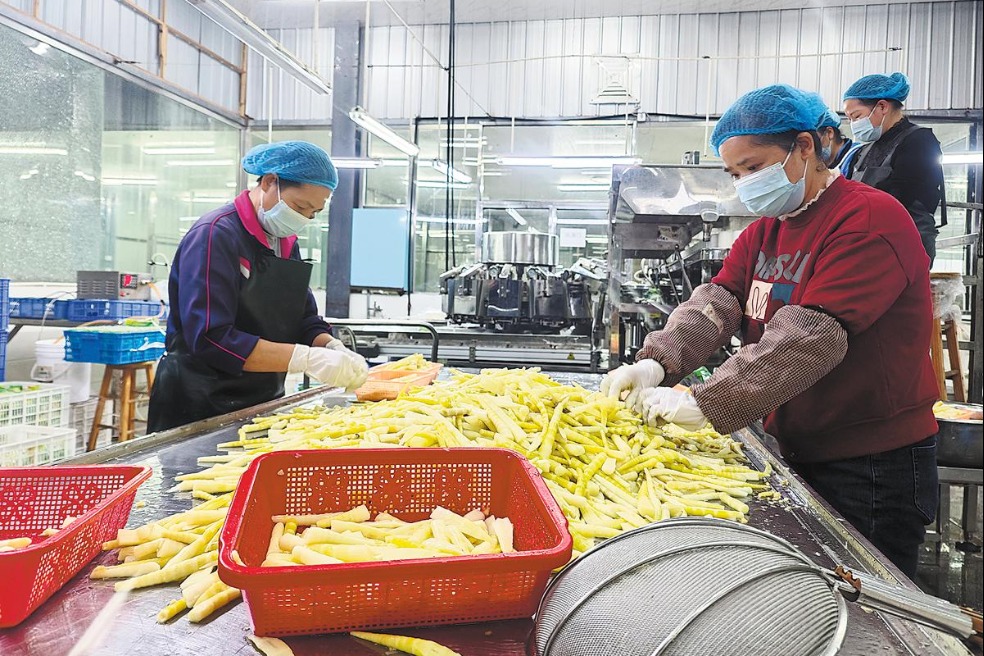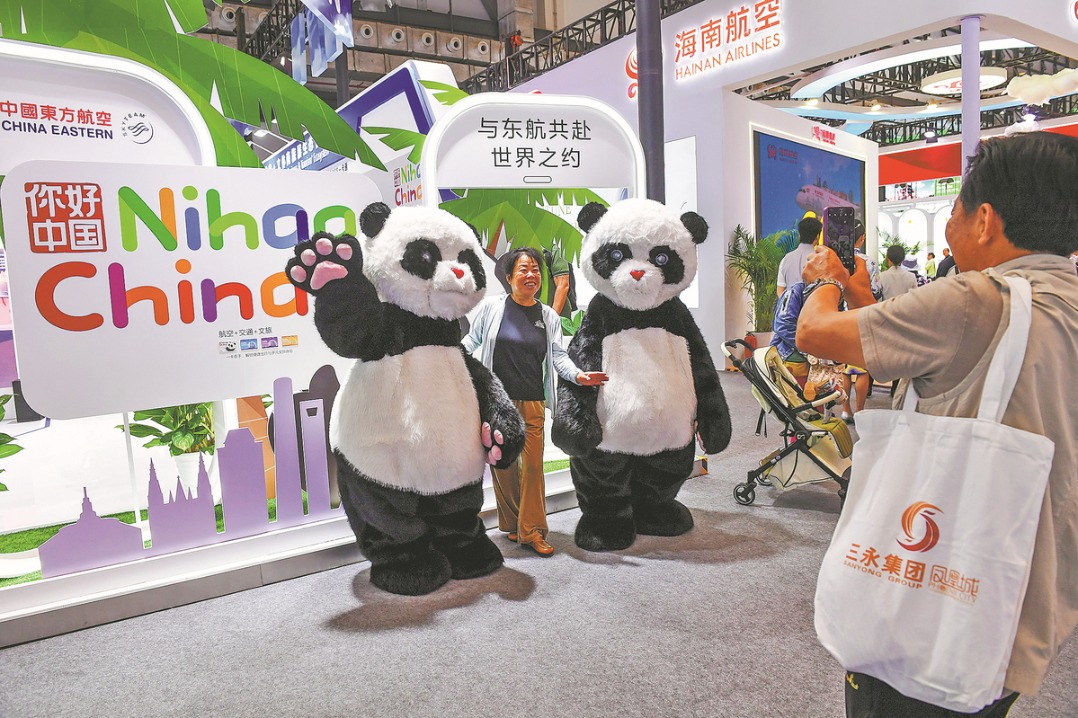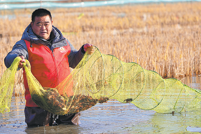What's on

Bronze statues
Li He, a professor at the Academy of Arts and Design, Tsinghua University, is also a sculptor whose works portray both luminaries in history and unsung grassroots heroes. Dozens of such statues he has created are now on show at Image Reflected in Concrete, running through July 6, at the National Art Museum of China in Beijing. The works show Li's academic background in art, as well as an integration of the philosophies of Eastern and Western sculptures. Highlights on show include a set of four bronze statues depicting Liang Qichao (1873-1929), Zhao Yuanren (1892-1982), Wang Guowei (1877-1927) and Chen Yinque (1890-1969)-all eminent figures in guoxue, the study of Chinese language and classics, and who once taught at Tsinghua. A bigger version of the work is installed outside Tsinghua University Art Museum. Also on show are statues Li sculpted of others who have received national titles.
9 am-5 pm, closed on Mondays. 1 Wusi Dajie, Dongcheng district, Beijing. 010-6400-1476.
Shades of ink
Classic Chinese painting has a long history and represents the richness of Chinese culture. Ink artist Yin Yi has also shown that the genre can be imbued with a modern sensibility by pushing the boundaries of traditional style. Yin is displaying dozens of his works at a long-term exhibition at the National Museum of China. He presents the varying shades of ink, with which he is able to hail the grandeur of nature. He says the brushwork should evolve in pace with the changes of time and space. His output reflects the changing landscapes in reality and also the evolution of people's views of beauty. "Over the past three decades, I have been painting so as to be different from ancient artists and contemporary artists, while reinventing myself," he says.
9 am-5 pm, closed on Mondays. 16 East Chang'an Avenue, Dongcheng district, Beijing. 010-6511-6400.
Fragrance culture
Burning incense was for centuries part of daily life in ancient China. Intellectuals and people in higher society enjoyed the smell of incense as an important addition to their lifestyle, and a way to connect with the celestial world. Women of well-to-do households appreciated the aroma to enrich the time spent in the confinement of their homes. Ordinary families who could afford this type of leisure wished for peace and a well-off life. Fragrant Way, Aromatic Ware, an ongoing exhibition at the heritage and scenic area of Grand Bao'en Temple in Nanjing, Jiangsu province, pays tribute to this culture of fragrance by displaying incense, containers and tools made of different materials and spanning dynasties. All from a private collection, the exhibits include a pointed-bottom glass bottle from the Western Zhou Dynasty (c.11th century-771 BC), one of the earliest. A mountain-shaped Boshan incense burner, a well-known type, chiefly produced in the Han Dynasty (206 BC-AD 220), is also on show. Ceramic wares on show are from some of the most prestigious kilns in Chinese history, such as the Ge, Guan, Jun and Longquan. Through these objects, people are ushered into the material and spiritual worlds of ancient Chinese. The exhibition runs through Aug 30.
9 am-5 pm, daily. 1 Yuhua Road, Qinhuai district, Nanjing, Jiangsu province. 025-5200-9999.
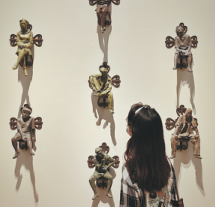
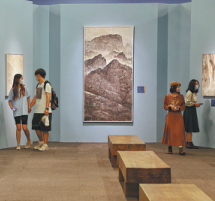

Today's Top News
- China-Cambodia-Thailand foreign ministers' meeting held, press communique issued
- Drills demonstrate China's resolve to defend sovereignty against external interference
- Trump says 'a lot closer' to Ukraine peace deal following talks with Zelensky
- China pilots L3 vehicles on roads
- PLA conducts 'Justice Mission 2025' drills around Taiwan
- Partnership becomes pressure for Europe


















